|
Looking to see some of Ancient Rome's most stunning sights without all the tourist crowds? Stop by the Baths of Diocletian - and explore where Romans got their gossip 2,000 years ago!
Disclosure: some of the links below are affiliate links. If you purchase a linked item, I will make a commission, at no extra charge to you. As an Amazon Associate, I earn from qualifying purchases. Updated April, 2020.
What are the Baths of Diocletian in Rome?
I don't know about you, but no matter how many ancient sites I visited on my first trip to Rome, I sometimes struggled to conceptualize the magnitude of the structures at the height of their grandeur. Imagining most buildings coated in marble helped a bit (as did watching Rome on HBO, if we're honest), but the hordes of tourists with backpacks put somewhat of a damper on the imagination. Certainly not to say I didn't enjoy my time in the city; just that the historian in me struggled to visualize a past that distant.
That said, the sheer scale of the Baths of Diocletian vastly sped up my historical adjustment. Standing, dwarfed by the towering walls of the ancient baths, I began to conceptualize what it must have meant to have this bath house filled with hundreds of bathing, toga-clag (or not toga-clad ah!!) Romans, nearly 2,000 years ago. Crowds are non-existent, which is of course not historically accurate, but perhaps better for our psyche and imagination. Where are the Baths of Diocletian?
The Baths of Diocletian could not be more conveniently situated within the city. In fact, the Baths actually leant their name to the train station that serves as one of Rome's main travel hubs - the Latin name of the Baths, Thermae Diocletiani, was corrupted into the Termini we know (and love?) today!
For all the centrality of its location, the Baths of Diocletian are easily missed, not only geographically and visually in a bustling city, but also because they often fail to make it onto tourists' crowded to-do lists in a city full of treasures. Eating Near the Baths of Diocletian
Do I need tickets to visit the Baths of Diocletian?
Yes, you do need tickets to visit the Baths of Diocletian and the Roman National Museum. The tickets aren't expensive and are available online. But never fear, if you don't have tickets, you can buy them at the museum, without much hassle.
Don't forget to check out my top 10 mistakes tourists make in Italy, while you're planning your trip! History of the Baths of Diocletian
Known today largely in English as the Baths of Diocletian, their Latin name, Thermae Diocletiani, were built between 298 and 306 A.D. Emperor Maximillian began the baths as a tribute to Diocletian - his co-emperor, in 298; however construction was continued after a dizzying series of abdications and deaths of the emperors and were finally completed by Constantine's father in 306 - a mind-blowing rate of construction for such a large project in ancient times. The shopping mall near my house is going to take longer than that!
The Baths of Diocletian are located on Viminal, the lowest of the 7 Hills of Rome, and are the largest of the public baths built during the Empire. If you've visited Bath, England, though the baths there are 18th and 19th century, you can see during a visit that the Roman original in the colonial outpost of Bath never would have even compared to what you're exploring at Diocletian's site in the capital. When finished, the complex covered 32 acres of land.
Starting in 537 A.D., the Baths fell into disrepair, after a siege of the city by the Goths damaged the water supply. Who wants giant public baths with no water? And of course, with the Fall of Rome, maintenance of large public spaces fell off the to-do list. (And as I think of this, I inevitably mentally put The Decline and Fall of the Roman Empire back on my to-do list, even though we all know it's not going to happen). In the 16th century, a portion of the Baths, which were no longer used for their original purpose, was re-designed as a church, in honor of Christian martyrs who, the Pope then stated, had died during the construction of the Baths in ancient times. Michelangelo incorporated the original baths into the basilica. Finally, the government-run museum was established in 1889 and the Baths were reinforced to maintain the structure as you'll see them today. Are you all packed for Italy? Check out What to wear in Italy for helpful packing tips! Visiting the Baths of Diocletian and
|
Archives
July 2024
Categories
All
This website uses marketing and tracking technologies. Opting out of this will opt you out of all cookies, except for those needed to run the website. Note that some products may not work as well without tracking cookies. Opt Out of Cookies |
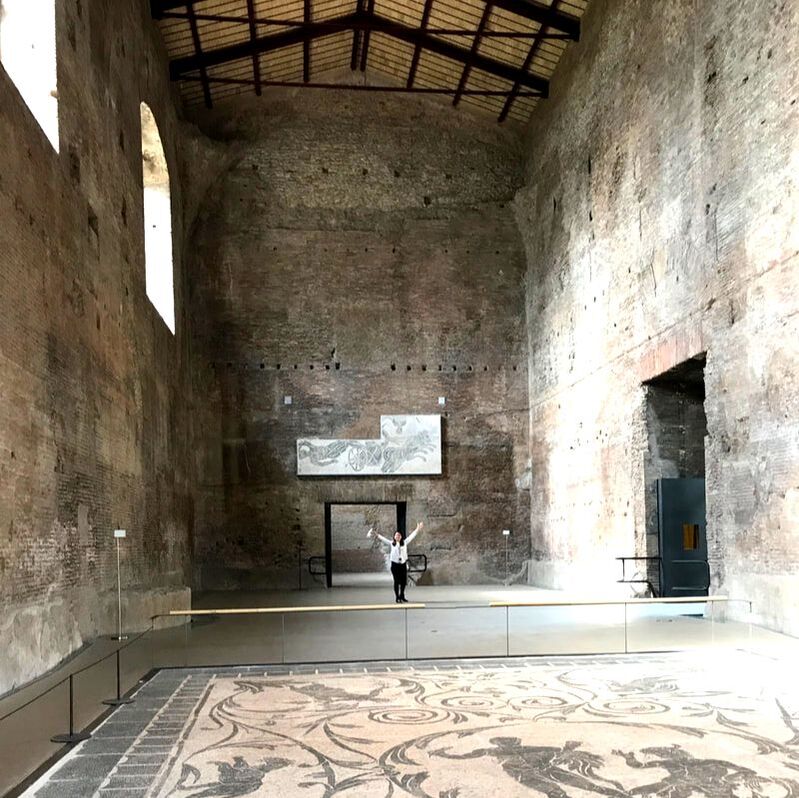
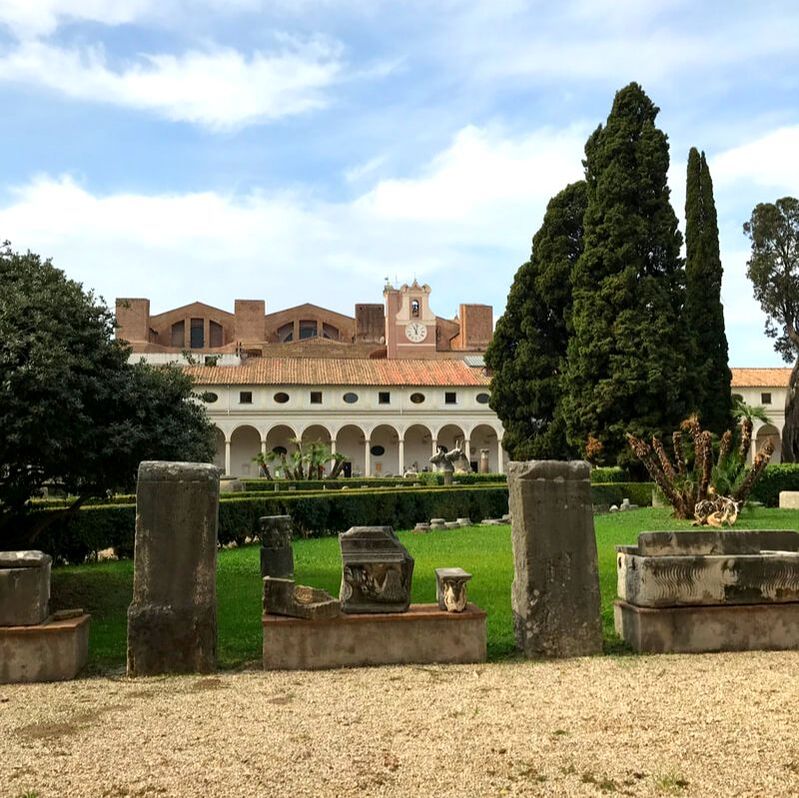
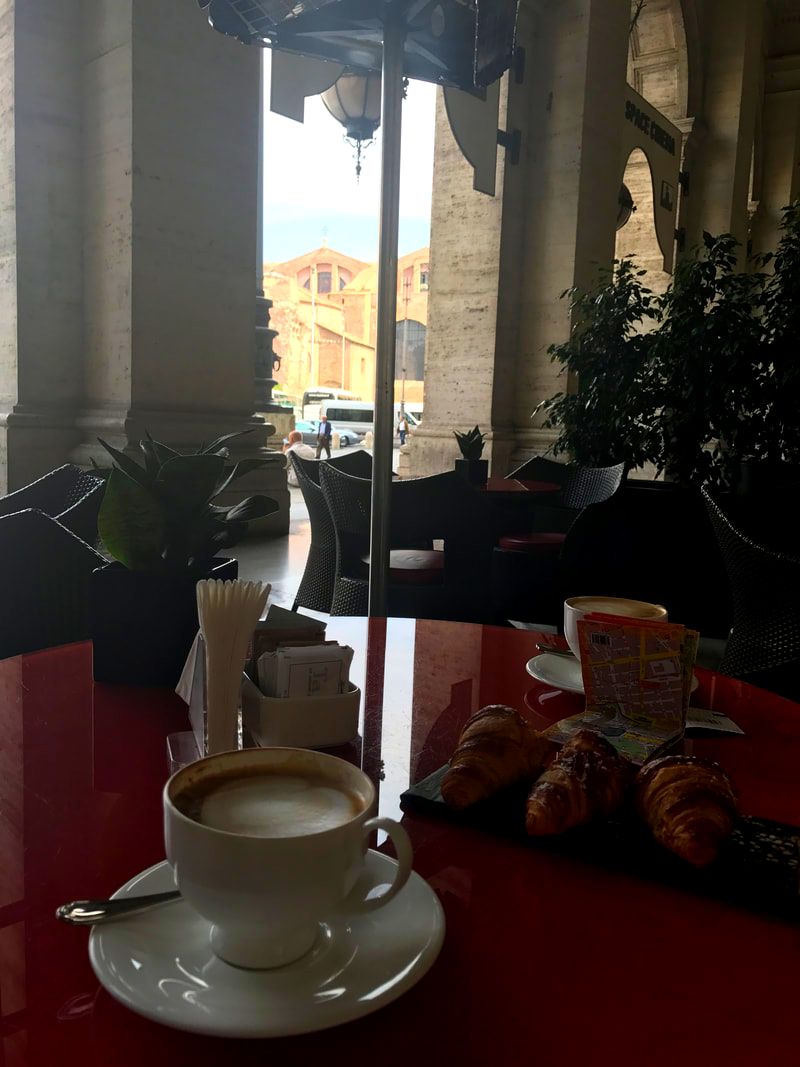
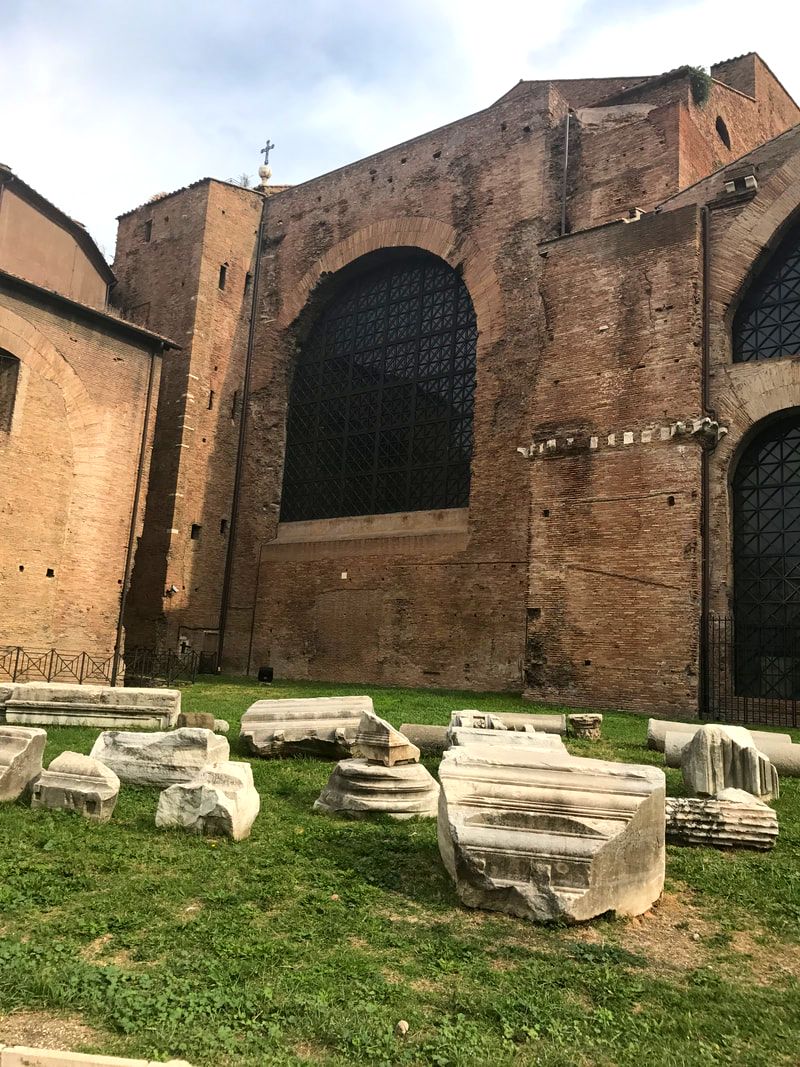
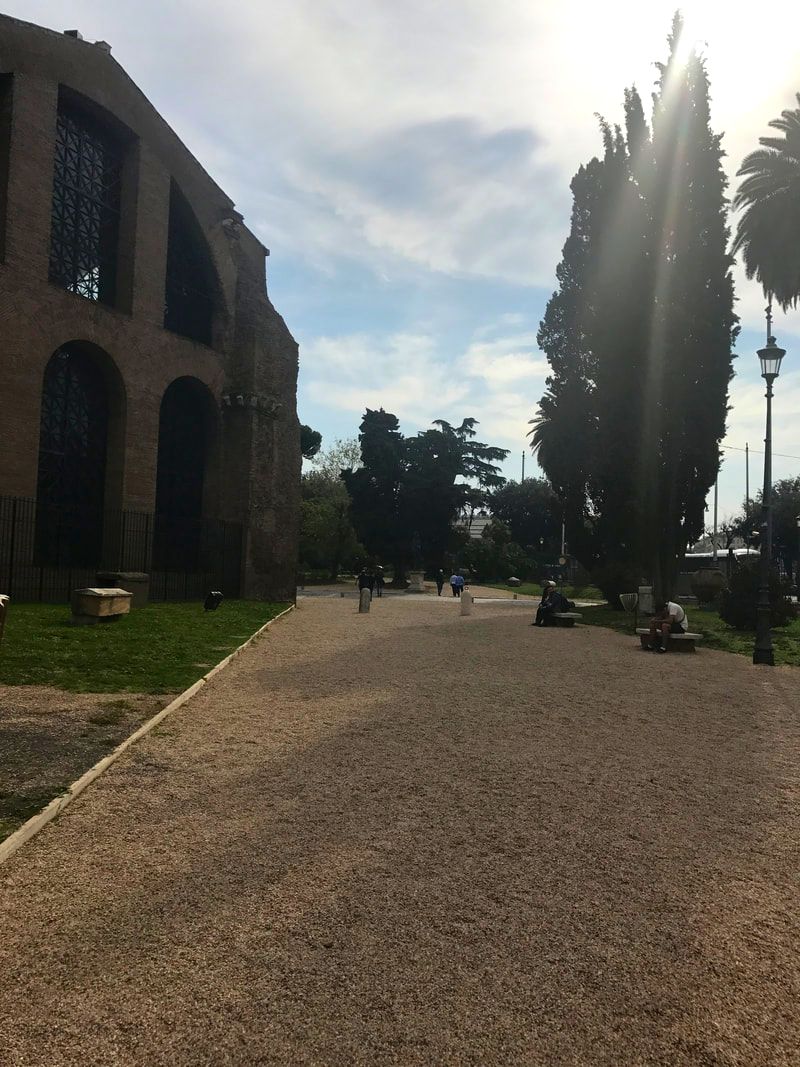
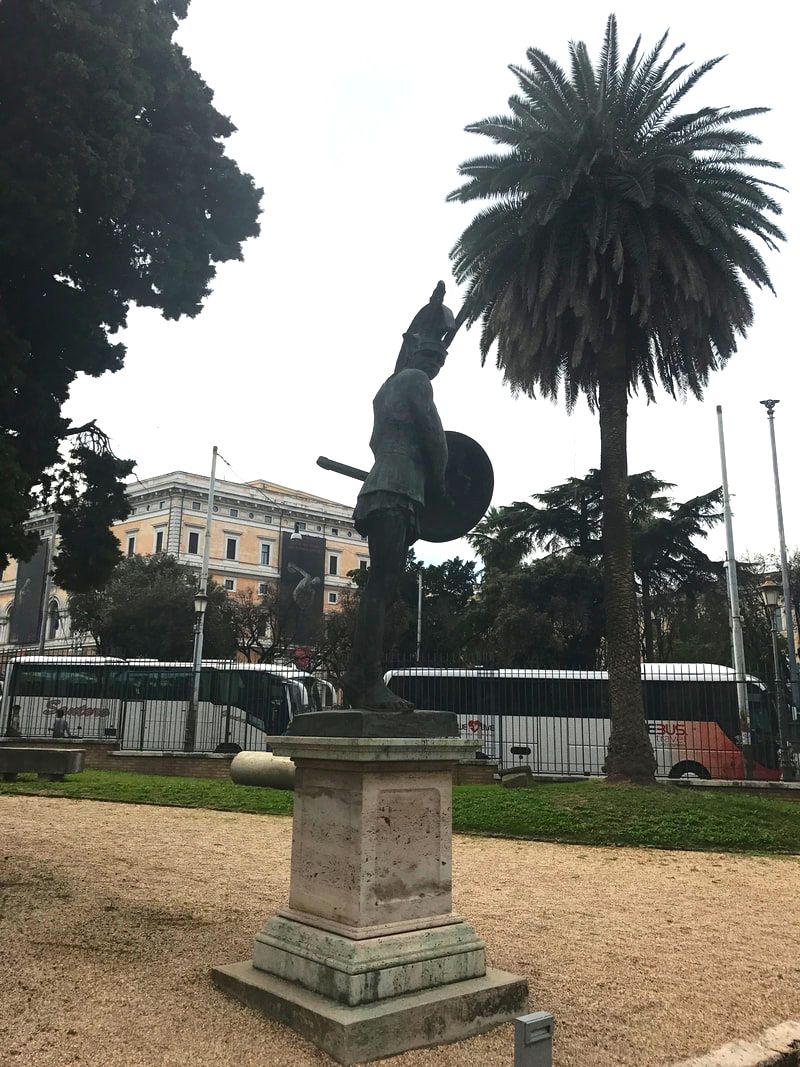
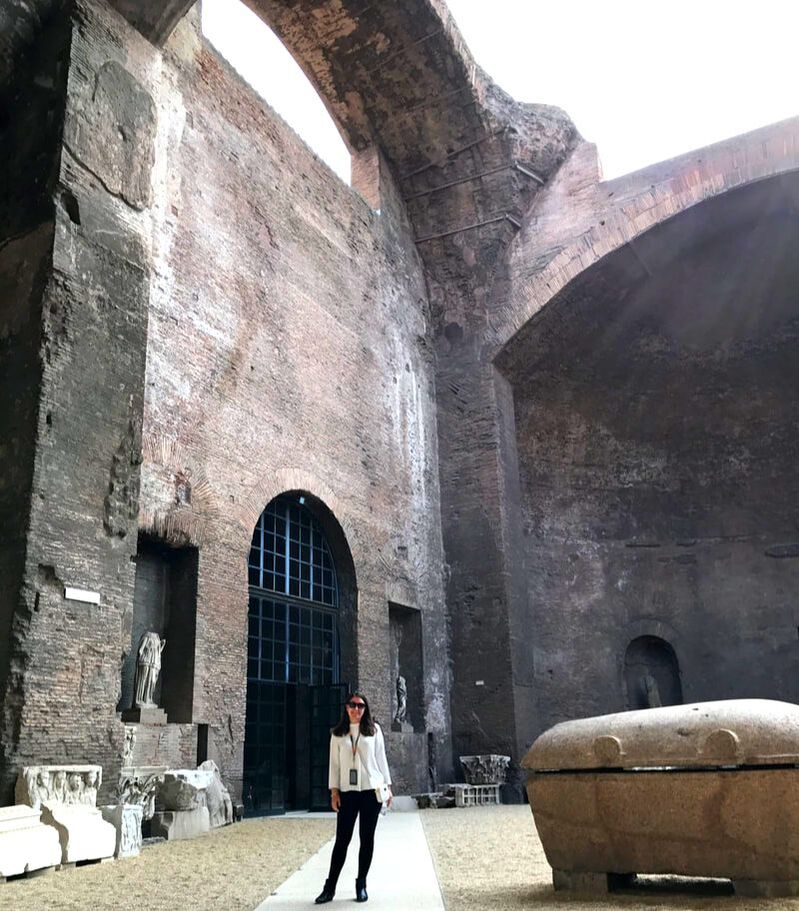
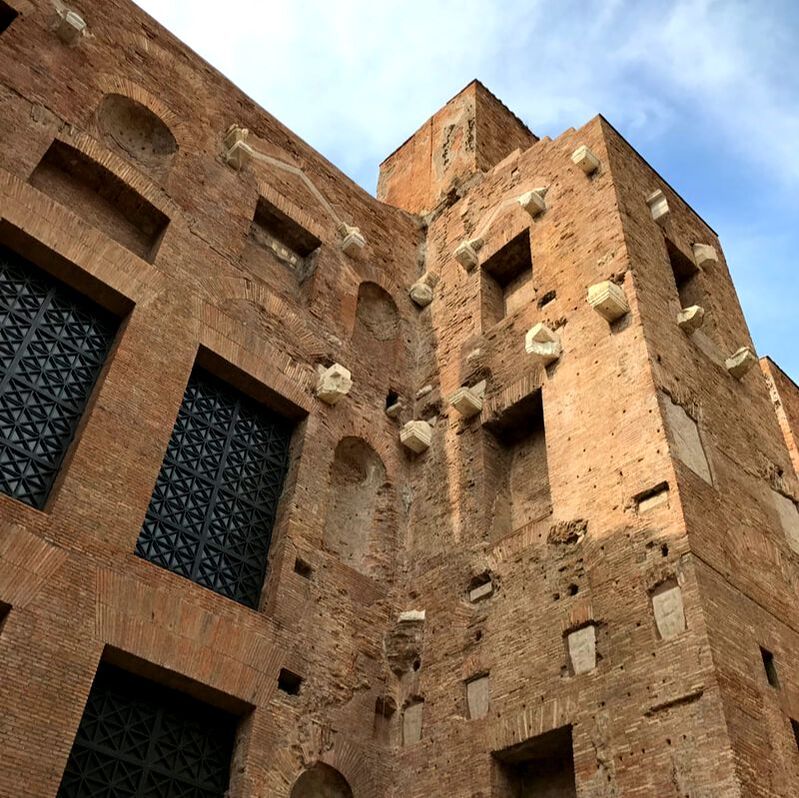
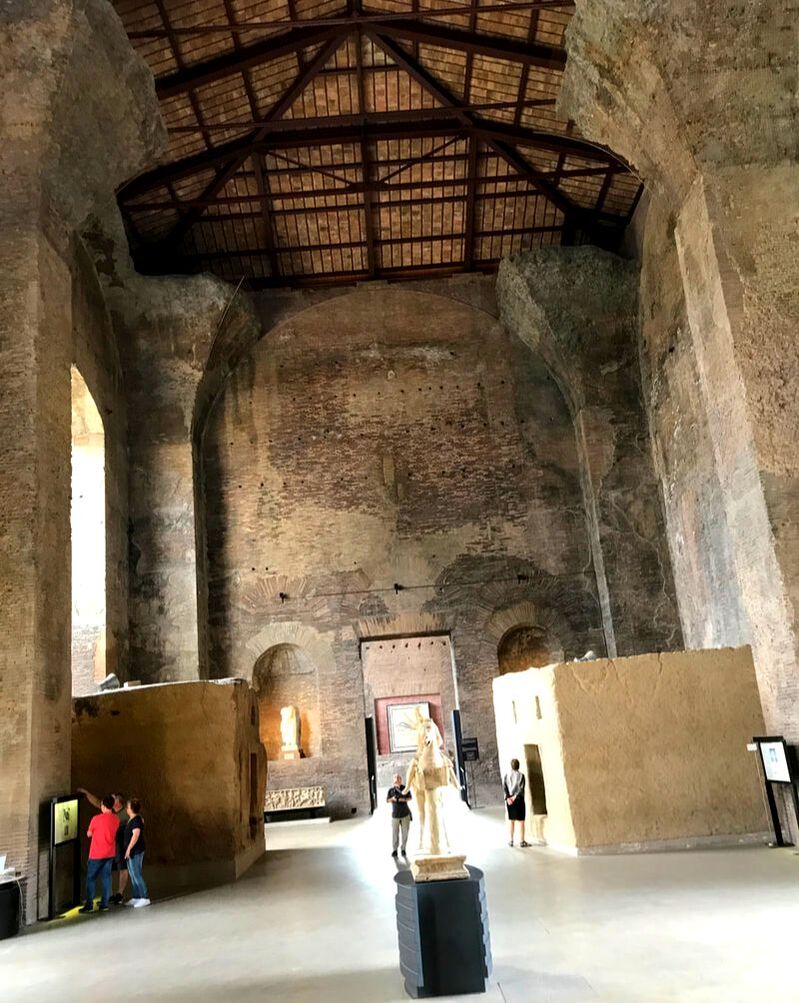
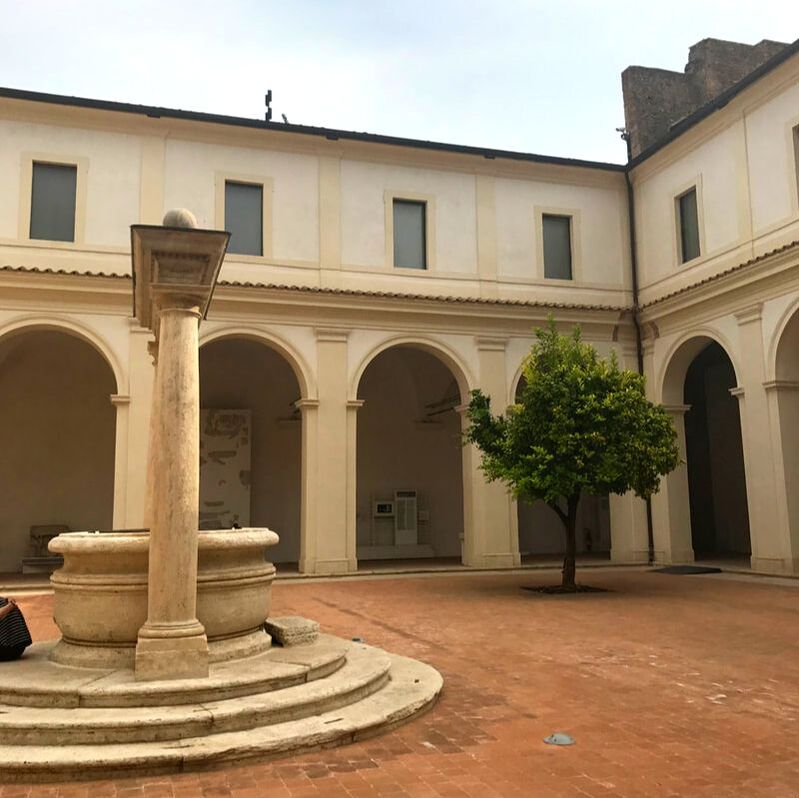
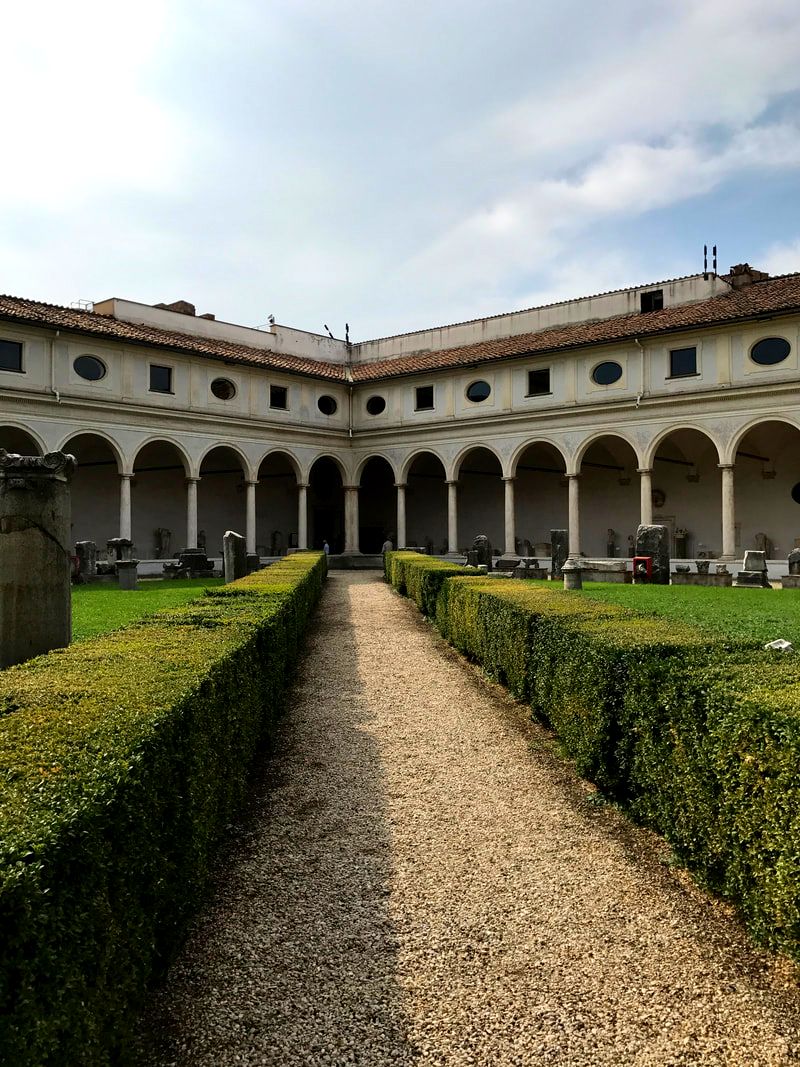
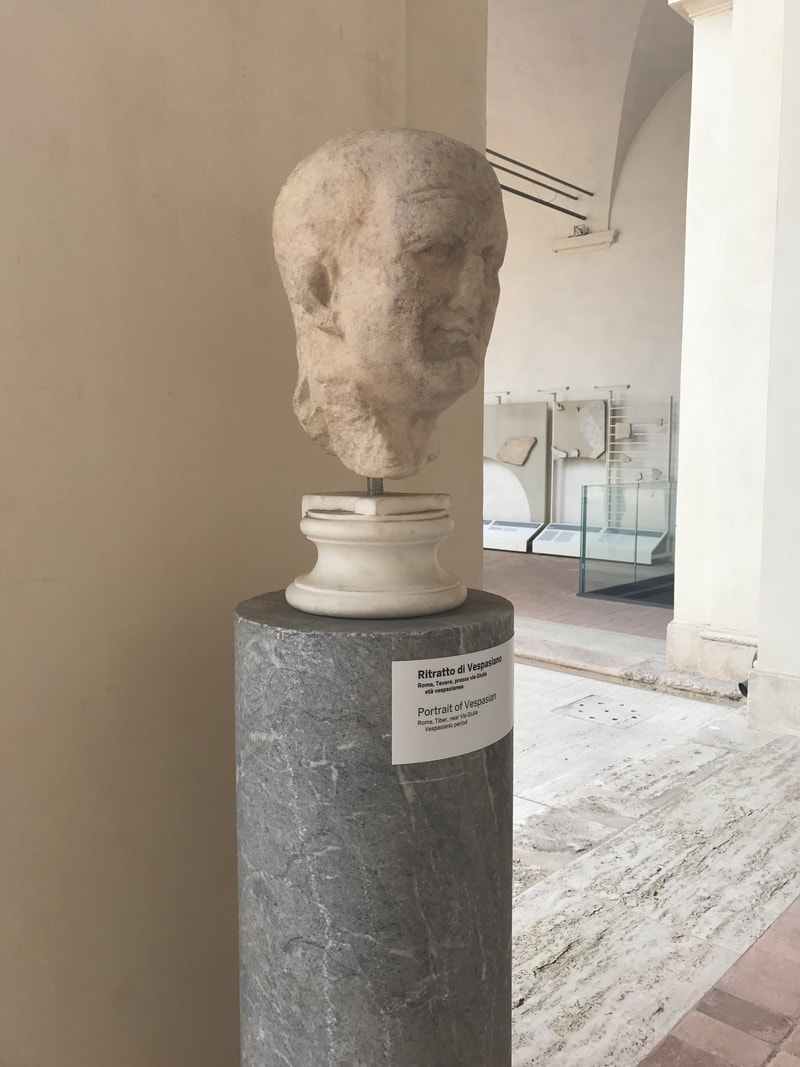
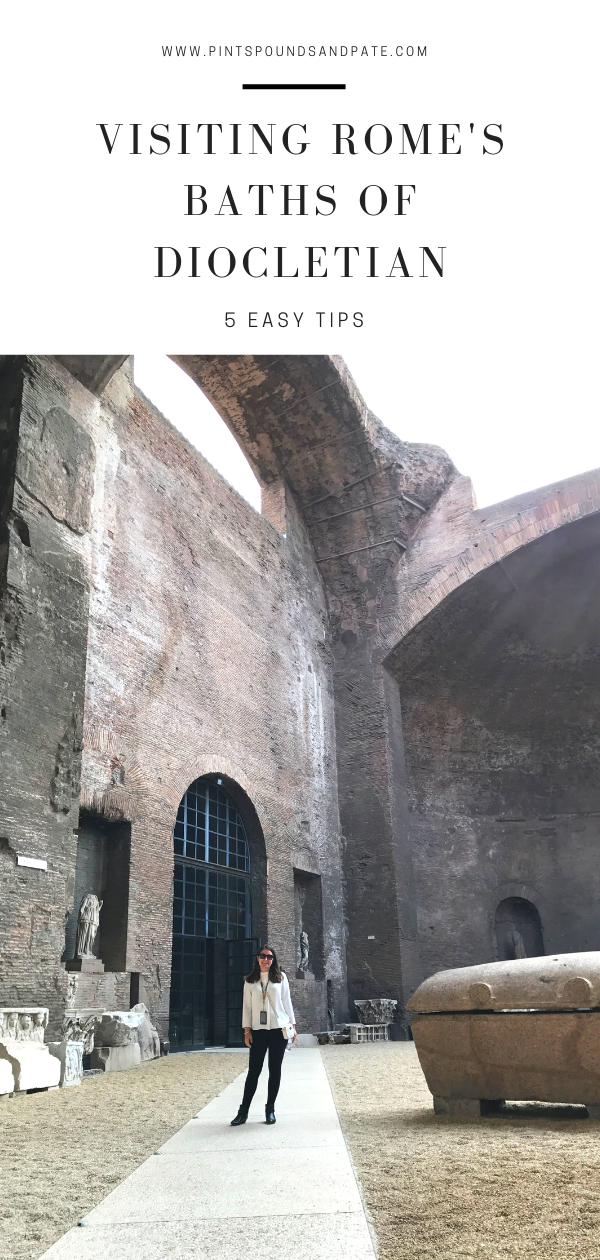
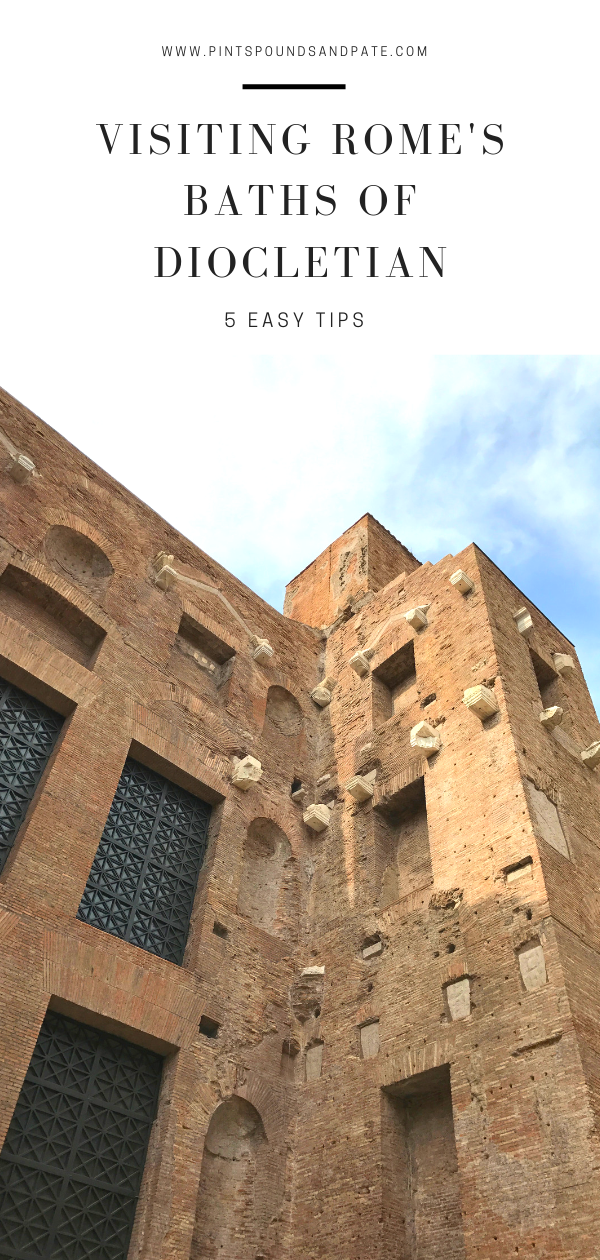
 RSS Feed
RSS Feed